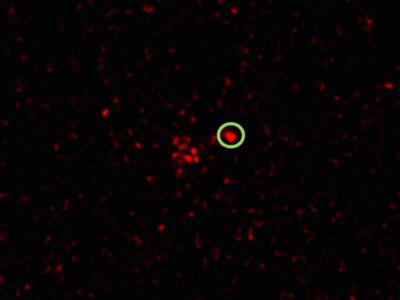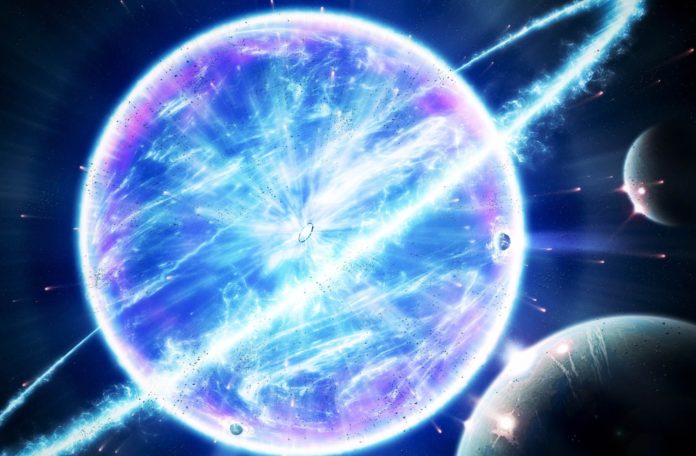University of Chicago scholars and others have made an exciting discovery this month in the form of type Ia supernovas X-rays. These supernovas are created when a white dwarf star undergoes a thermonuclear explosion. Ia supernovas are liked by astronomers because they burn at a specific brightness, allowing them to calculate just how far from us they are accurate.

But, there are still many things we don’t know about this supernova, and a few years ago scientists noticed they had a strange optical signature that led them to believe there was a dense cloak of circumstellar material surrounding them. This kind of material isn’t usually seen in this type of supernova. Normally, only type II supernovae have this dense material, and it’s usually created when stars begin to lose their mass. The lost mass gathers around the star until it collapses, sending an explosive shockwave of dense materials hurtling through the universe displayed as a shower of X-rays. But, despite this, the UChicago-led team still managed to record these X-rays coming from an Ia supernova using the Chandra X-ray Observatory.
Co-author of the study and research associate professor in the Department of Astronomy and Astrophysics, Vikram Dwarkadas is pleased with the results and said, “Although another type Ia’s with the circumstellar material was thought to have similarly high densities based on their optical spectra, we have never before detected them with X-rays.” Although the number of X-rays detected was small, it’s still an exciting discovery nonetheless. “This certainly appears to be an Ia supernova with the substantial circumstellar material, and it looks as though it’s very dense,” says Dwarkadas. “What we saw suggests a density about a million times higher what we thought was the maximum around Ia’s.”

Courtesy ofDigital Sky Survey
As we understand it, white dwarfs don’t lose mass before exploding. Instead, the most likely explanation is that the circumstellar material came from a nearby star. The problem is that in this case, the amount of mass in question was extremely large. “Even the most massive stars do not have such high mass-loss rates on a regular basis,” confirmed Dwarkadas. “This once again raises the question of how exactly these strange supernovas form. If it’s truly an Ia, that’s a fascinating development because we have no idea why it would have so much circumstellar material around it,” he said.
More News to Read
- Is the Cure for Blindness Hiding in Video Goggles and an Implant?
- Astronomers Observe Cosmic Jellyfish Feeding Supermassive Black Holes
- Research Detects Alzheimer’s Disease Might Have Markers in Apes
- Fast Custom Made Robots Made in a Number of Minutes
- The Vinpok Bolt Brings back Magnetic Safety to Power Cords

